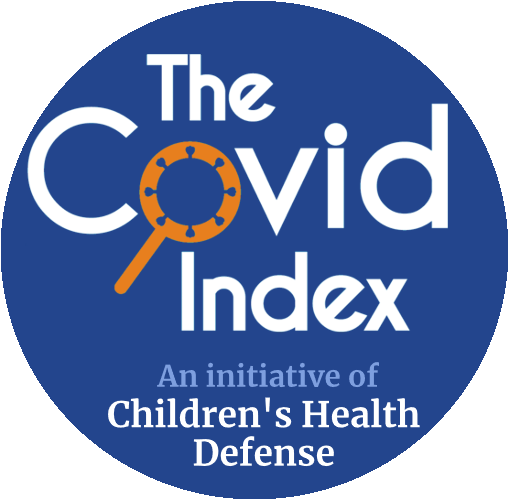Letter to the Editor
"Dear Editor,
The four unique subclasses of human IgG, numbered in order of relative abundance, include IgG1, IgG2, IgG3, and IgG4.1,2 IgG1 and IgG3 are the major contributors to rapid IgG responses to protein and membrane antigens, and are active in viral neutralization, although some differences in IgG subclass responses have been identified in the context of SARS-CoV-2 infection and vaccination. Indeed, IgG3 response to SARS-CoV-2 infection has been highlighted by an analysis of convalescent plasma, showing that while IgG3 accounted for 12% of total anti-Spike (anti-S) protein IgG, it contributed to approximately 80% of total live SARS-CoV-2 neutralizing activity.3 In addition, IgG1, and especially IgG3, bind FcγRIIa, FcγRIIIa, and C1q, thereby supporting antibody-dependent cellular phagocytosis (ADCP), antibody-dependent cytotoxicity (ADCC), and antibody-dependent complement deposition (ADCD).
In contrast to the findings regarding IgG3 in convalescent sera, repeated mRNA SARS-CoV-2 vaccination has been associated with significant increases in the proportion of immunoglobulin G4 (IgG4) in Spike-specific responses and reductions in Fc-mediated ADCP and ADCD that may limit control of viral infection. After repeated mRNA SARS-CoV-2 vaccination, IgG3 was observed to reach peak levels after a second dose, and steadily declined thereafter to significantly lower levels after the third and fourth dose vaccinations, while IgG4 increased. IgG4 is generally in low abundance (0–5% of total IgG) but may slowly increase over time due to repeated or excessive exposure to some antigens. Although repeated antigen exposure seems necessary, it is insufficient to induce IgG4, as prolonged activation of IL-10–expressing CD4+ T-cells or expression of other anti-inflammatory cytokines is also required. Increased concentrations of IgG4 have been associated with immunosuppression and poor clinical outcomes of COVID-19, and while generally regarded as anti-inflammatory, may contribute to some autoimmune disorders and inflammatory IgG4-related diseases. Following repeated mRNA vaccination, IgG4 was observed to increase from 0.04% of total SARS-CoV-2 Spike–specific IgG after two doses to 19.27% after three doses."
© 2024 The Author(s). Published by Elsevier Ltd on behalf of The British Infection Association.
This article is available under the Creative Commons CC-BY-NC-ND license and permits non-commercial use of the work as published, without adaptation or alteration provided the work is fully attributed.
